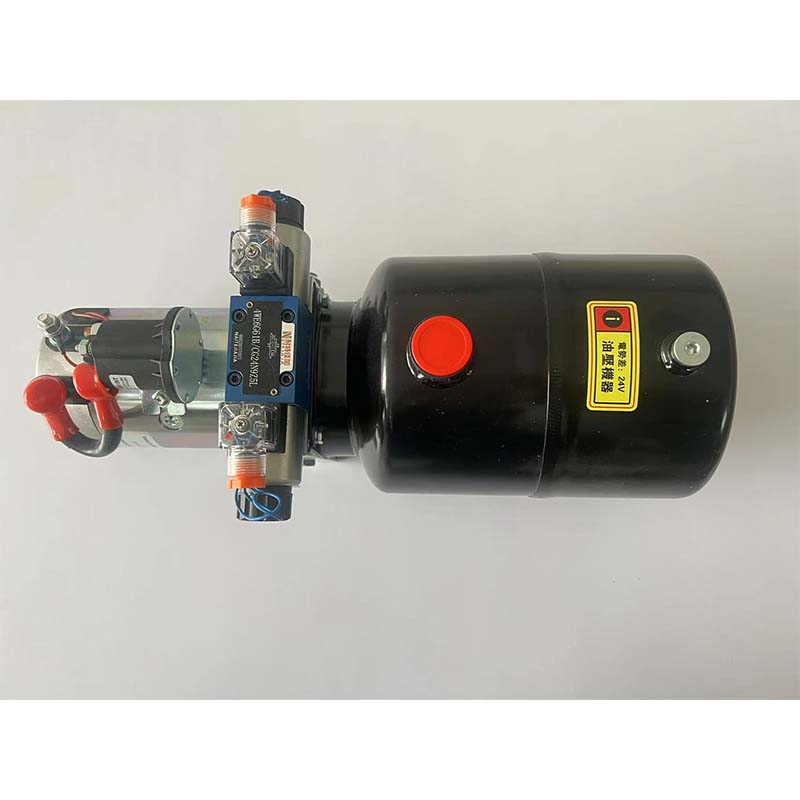Sep . 03, 2024 01:42 Back to list
custom single acting cylinder hydraulic
Custom Single Acting Cylinder An Overview
In the realm of hydraulic systems, the single acting cylinder plays a pivotal role in various industrial applications
. A custom single acting cylinder is specifically designed to meet the unique requirements of a project, ensuring optimal performance and efficiency.A single acting cylinder operates on a simple mechanism hydraulic fluid enters through one side to extend the piston, while the return stroke is executed by an external force, usually gravity, a spring, or a load. This design inherently makes it simpler and often more economical than its double-acting counterparts, which utilize hydraulic pressure for both strokes. Customization is frequently implemented in single acting cylinders to accommodate specific operational needs, materials, and environmental conditions.
One of the main advantages of a custom single acting cylinder is its versatility. These cylinders can be tailored in terms of size, stroke length, and mounting configurations, thereby ensuring they perfectly fit the space and functional requirements of a system. For example, industries that require compact solutions, such as automotive manufacturing, can benefit from smaller, more efficient designs without compromising performance.
custom single acting cylinder hydraulic

The hydraulic fluid used in these cylinders is also a critical factor. Custom cylinders can be designed to handle different types of hydraulic fluids, including biodegradable options for environmentally conscious applications. Furthermore, with the rise of smart technology, manufacturers are incorporating sensors that monitor the cylinder's operation, providing valuable data for optimizing performance and predicting maintenance needs.
When considering the design and manufacturing of a custom single acting cylinder, several key specifications must be addressed. Bore size, stroke length, and material choice are fundamental factors that affect performance. Cylinders can be made from various materials such as steel, aluminum, or composite materials, each offering distinct advantages in terms of weight, durability, and resistance to corrosion.
Additionally, end-users should consider the type of application whether it involves lifting, pressing, or clamping operations, as each will necessitate different performance criteria. A thorough understanding of the operational environment—like exposure to extreme temperatures or corrosive substances—can help in selecting appropriate materials and seal types.
In conclusion, custom single acting cylinders are indispensable components in many hydraulic systems, offering tailored solutions to meet diverse operational demands. By focusing on the specific requirements of projects, businesses can enhance efficiency, reduce downtime, and ultimately create a more reliable hydraulic system. Whether in manufacturing, construction, or other sectors, the role of these cylinders continues to evolve, aligning with advancements in technology and engineering practices.
-
Fork Lift Power Units - Hebei Shenghan | Efficiency, Reliability
NewsJul.13,2025
-
1.5-Ton Turbocharged Cylinder-Hebei Shenghan|Hydraulic Solution,Energy Efficiency
NewsJul.13,2025
-
Auto Hoist Power Units-Hebei Shenghan|Efficiency&Industrial Lifting
NewsJul.13,2025
-
Double Acting Power Units-Hebei Shenghan|Hydraulic Solutions,Industrial Efficiency
NewsJul.13,2025
-
1.5 Ton Lifting Cylinder 70/82-40-290-535 - High-Performance Hydraulic Solution | Hebei Shenghan
NewsJul.13,2025
-
Fork Lift Power Units - Hebei Shenghan | Efficiency&Reliability
NewsJul.13,2025
